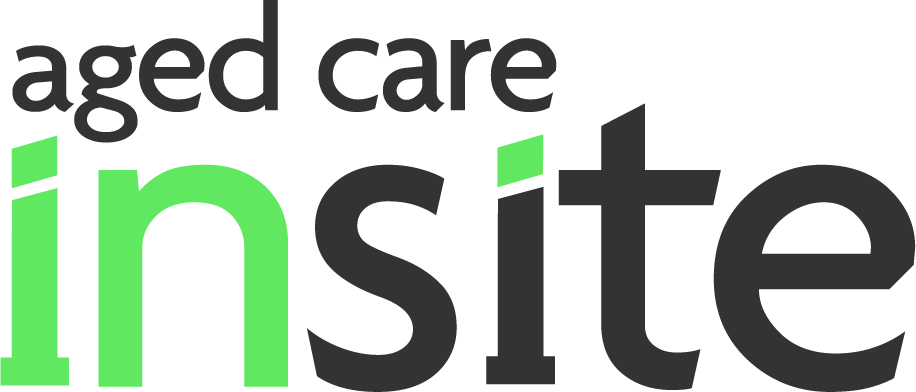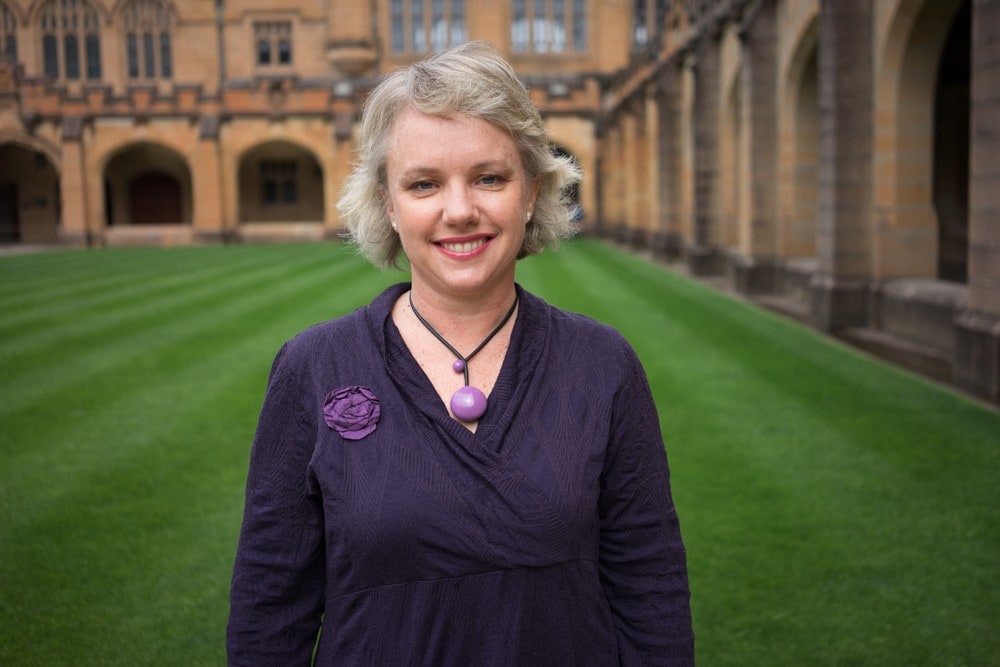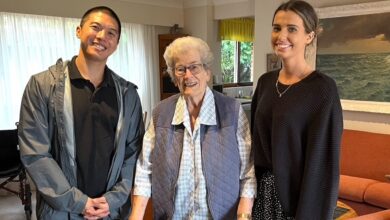GPs urgently renew push for flu vaccinations
Despite being eligible for free flu vaccinations, only 32.5 per cent of people aged over 65 have taken up the option so far this year
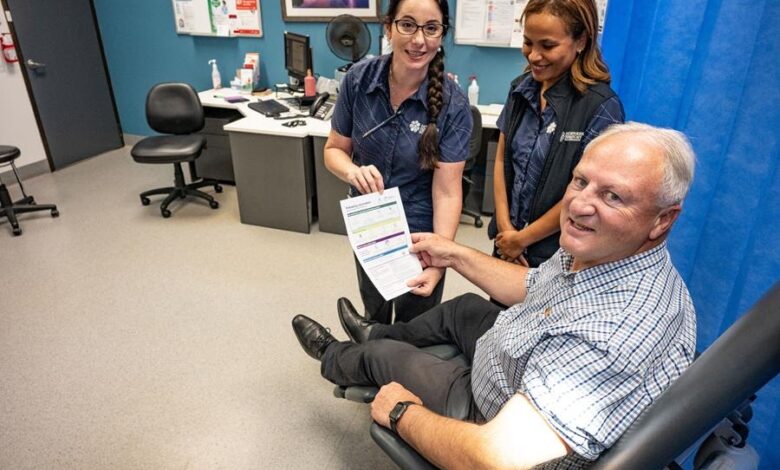
Australian health experts are sounding the alarm over low flu vaccination rates as winter sets in, warning children and older adults are particularly vulnerable to a dangerous and potentially deadly flu season.
Despite being eligible for free flu shots, fewer than one in three children under five, and just 32.5 per cent of Australians aged 65 and over, have been vaccinated so far this year.
In the first three months of this year, 84 people died from Influenza, according to data from the Australian Bureau of Statistics, released last week.
A social scientist with the University of Sydney’s Infectious Diseases Institute, Professor Julie Leask, said the nation’s flu vaccination coverage is “perpetually low”.
“Our influenza vaccination rates in Australia are dire and they’re not improving,” she said
Professor Leask said some flu-related hospitalisations and deaths were “potentially preventable”.
“The vaccine isn’t perfect, but it’s much better than zero, which is what you’re looking at if you don’t have a vaccine. Of course, there are other measures to reduce the risk of respiratory infections, but nothing matches an effectiveness of even between 50 and 70 per cent and even better in children having that vaccine,” she said.
The National Centre for Immunisation Research found that just 62 per cent of people received a flu vaccine by the end of the 2024 season, a drop compared to 2022.
Children, aged six month to five year olds, had a low coverage rate of 28 per cent.
Professor Leask said new data from the 2025 National Vaccination Insights Project, which surveyed more than 2000 adults in March, shows many Australians are underestimating the seriousness of influenza, with nearly one-third not having had a flu shot in the past two years.
By March, only 32.5 per cent of people aged 65 and over, one of the most vulnerable groups, had received their flu shot, a rate that shows no improvement on previous years.
Thirty-two per cent of all adults surveyed reported they hadn’t received a flu vaccine at all in the past two years.
Cost, inconvenience, and access, especially in rural areas, were key barriers to getting vaccinated, according to the survey.
The most common places people received their flu shot were GP clinics, pharmacies, and workplaces. Although many respondents said they planned to get vaccinated, concern about catching the flu remained low, even among groups at higher risk of severe illness.
While the majority of respondents believed the flu vaccine was safe, 22 per cent did not.
Professor Leask suggested that the Covid-19 pandemic may have contributed to the unusually low vaccination rates.
“The idea here is that after Covid, people were really over the topic of vaccination,” she said.
“There might have been a bit of a backlash in some groups about that, and people wanted to get on with their lives and were a little bit disengaged from vaccination.”
Related: Soaring flu cases prompt warning from nation’s peak health bodies | Results are looking promising for a combined COVID and flu vaccine. Here’s how it could benefit public health | Could the shingles vaccine lower your risk of dementia?
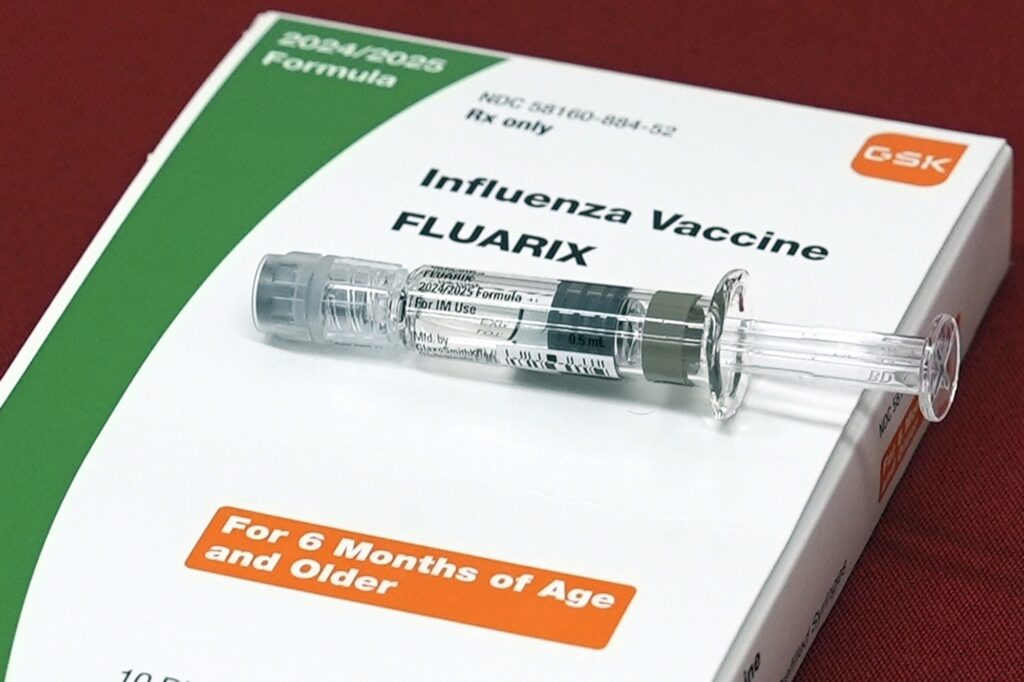
Dr Paul Griffin, an infectious diseases physician, underscored the yearly devastation caused by the flu.
“We know that there’s deaths in the order of thousands, hospitalisations around 20,000 every year,” Dr Griffin said.
“Hundreds of thousands of doctors' visits and quite a lot of financial implications in terms of lost work days. So while a lot of people underestimate the flu at the moment, the impact is very significant.”
He said people at higher risk include children, older adults, pregnant women, people with chronic medical conditions, Aboriginal and Torres Strait Islanders, and smokers.
“It’s not just a flu, it’s a very severe viral infection in its own right and can be life threatening,” he said.
Professor Leask said that dispelling myths, along with effective campaigning and communication, and convenient access could help increase vaccine uptake.
“We need to keep busting those myths, such as the flu vaccine gives you the flu, it doesn’t.
“Campaigns need to remind people of the benefits to self and others if we get a vaccine. We might not think we’re at risk, but we may help protect other people who are."
Email: [email protected]
